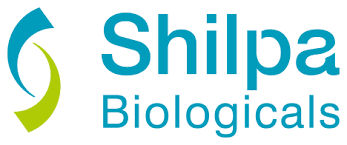RAICHUR, India I August 28, 2024 I
In a major breakthrough,
Shilpa Medicare Limited
(BSE: 530549) (NSE: SHILPAMED) proudly announces the successful completion of its Phase 1 clinical trial for its flagship product, sRbumin® – recombinant human albumin® 20% (rHA), becoming the first Indian company to achieve this milestone. The positive results underscore rHA’s potential as a viable alternative to plasma-derived human serum albumin, addressing a critical gap in global healthcare.
The Phase 1 clinical study was a randomized, dose-escalating, comparative trial against European-sourced human-derived serum albumin, involving 62 healthy volunteers. It aimed to evaluate the safety, efficacy, and pharmacokinetics of rHA at different dose levels.
Key Findings from the Phase 1 Clinical Trial
:
Human serum albumin is essential for various medical treatments, such as volume replacement therapy for accidents, burns, and surgeries. However, the current supply is heavily dependent on blood donations, leading to potential shortages. Shilpa’s rHA, produced using yeast fermentation, offers a highly purified, structurally and functionally equivalent alternative.
“We are thrilled with the positive outcomes of our Phase 1 clinical trial of sRbumin® – recombinant human albumin 20%,” said
Mr. Vishnukant Bhutada, Managing Director, Shilpa Medicare
. “This success brings us closer to providing a safe and reliable alternative to human serum albumin, easing global supply concerns.”
Shilpa Medicare is strategically positioned to expedite rHA’s development. The carefully designed clinical program, with comparisons to a proven European product, aims to streamline registration processes in Europe and emerging markets, promising a faster path to market for this critical, often-scarce product.
Building on this success, Shilpa Medicare plans to initiate Phase 3 clinical trials for rHA by Q4 FY25. These trials are expected to be completed within a year, followed by product approval filings in FY26.
Founded in 1987,
Shilpa Medicare
offers APIs, Formulations, and Biologics, with facilities approved by major regulatory agencies. The company is also recognized for providing complete turnkey CDMO solutions for clients globally.
SOURCE:
Shilpa Medicare










